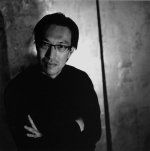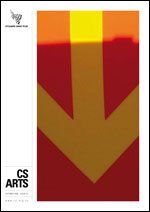

Slide title
Write your caption hereButton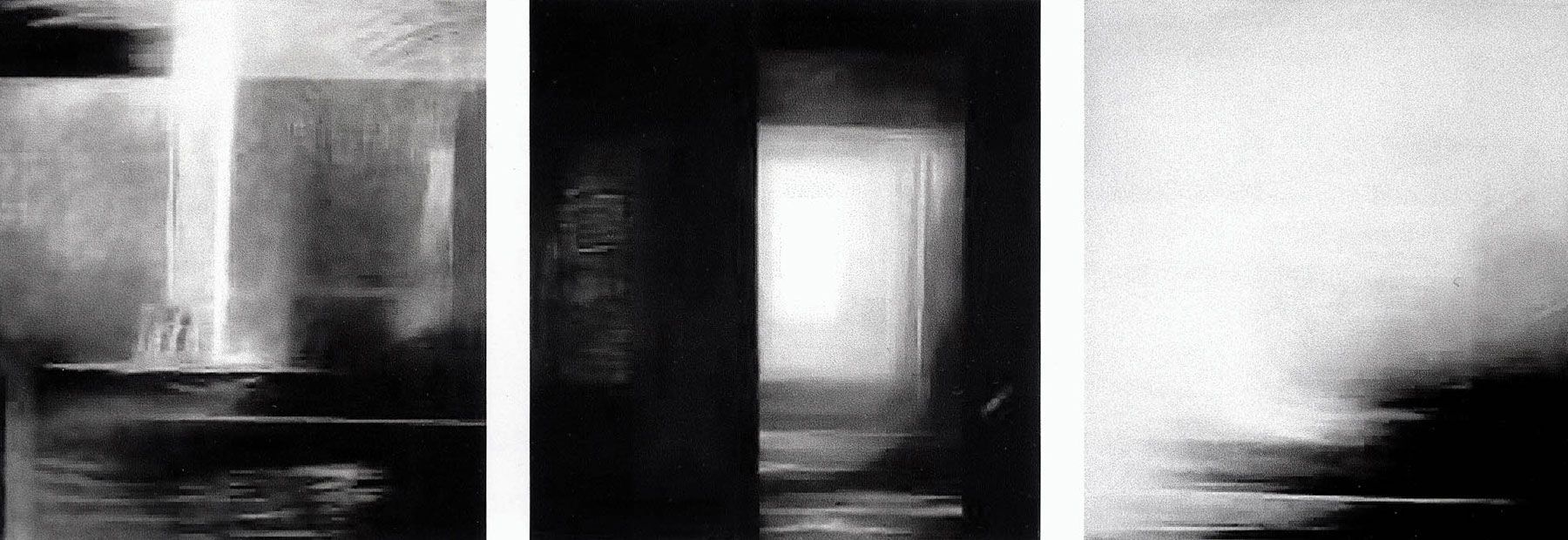
Slide title
Write your caption hereButton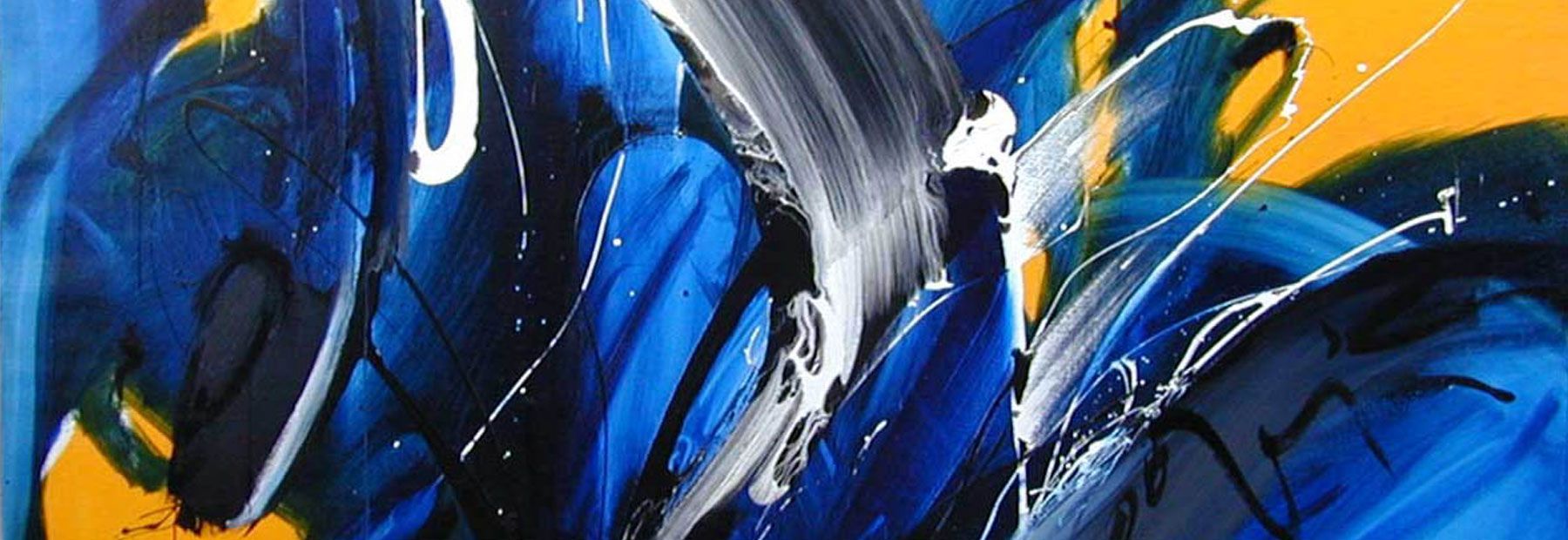
Slide title
Write your caption hereButton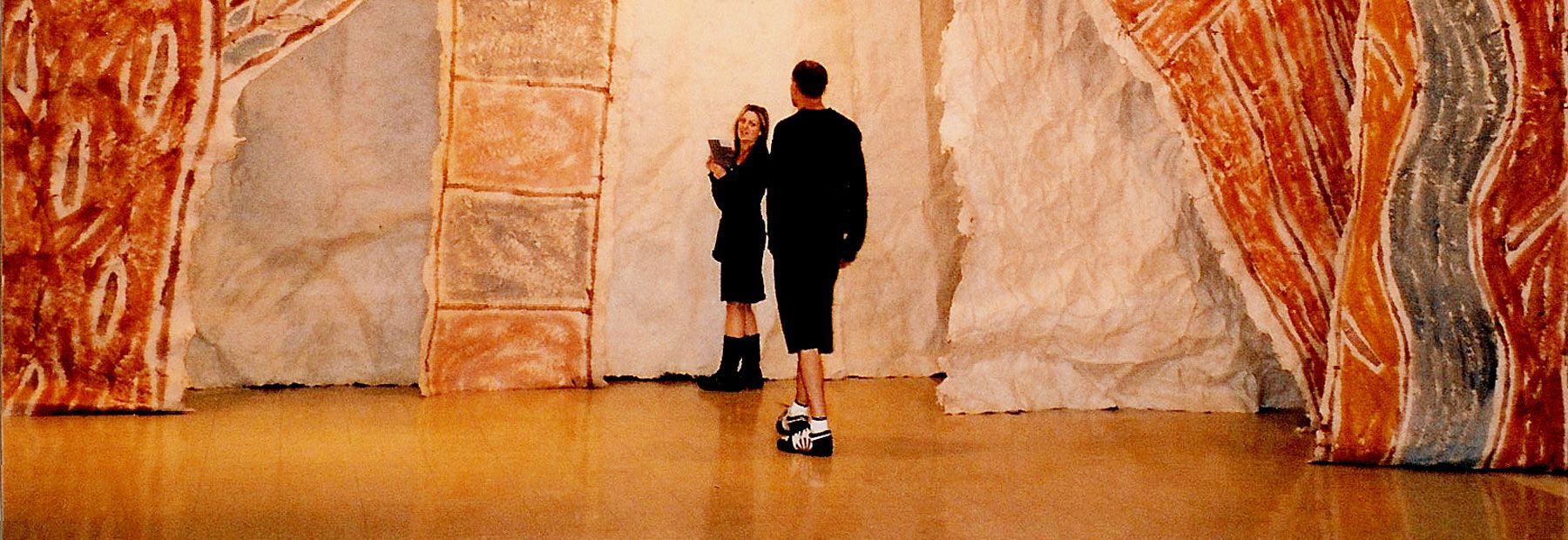
Slide title
Write your caption hereButton
Slide title
Write your caption hereButton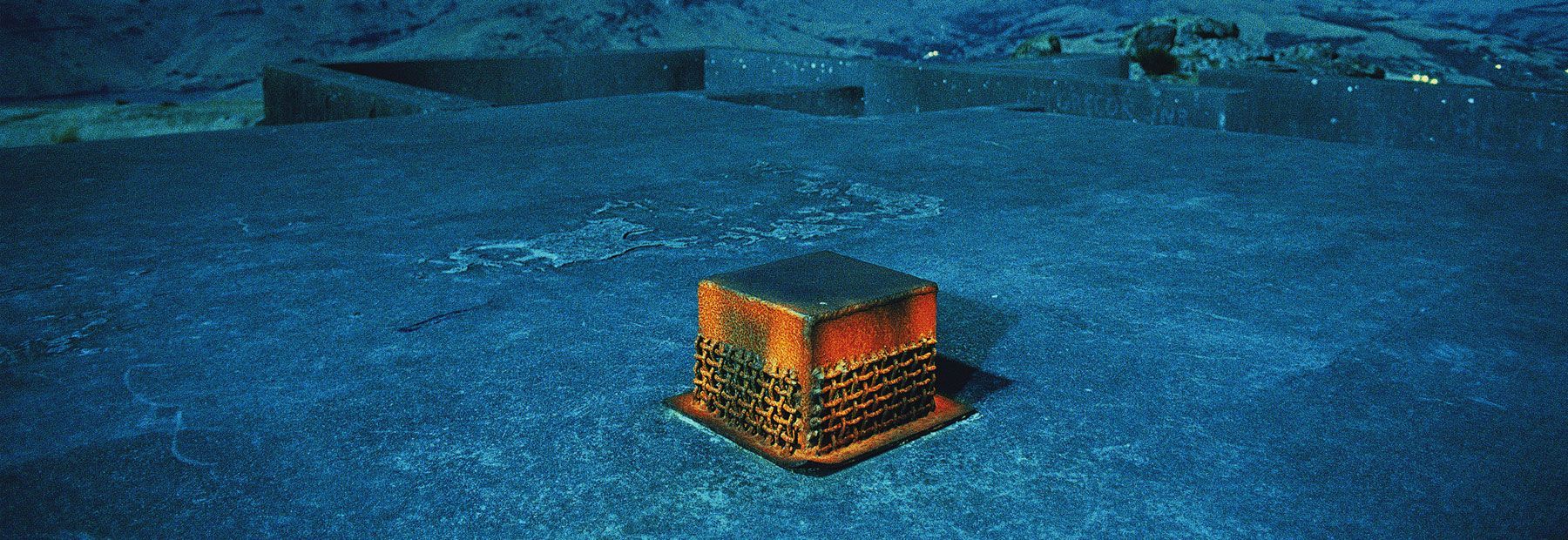
Slide title
Write your caption hereButton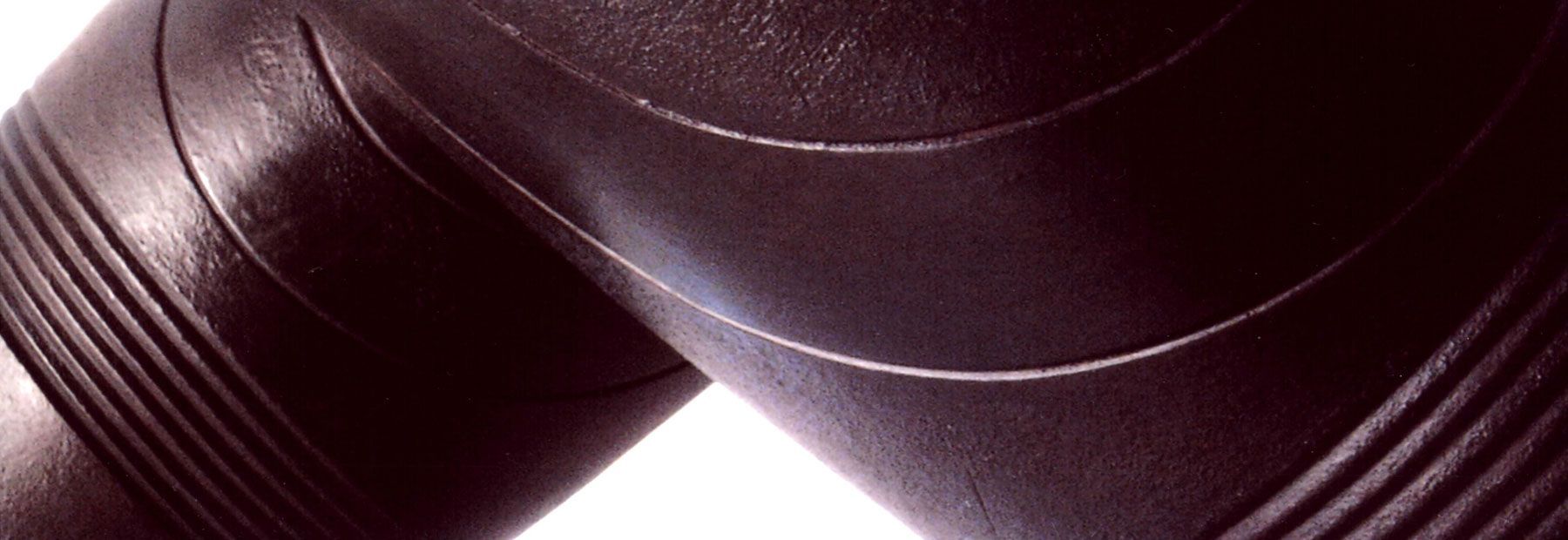
Slide title
Write your caption hereButton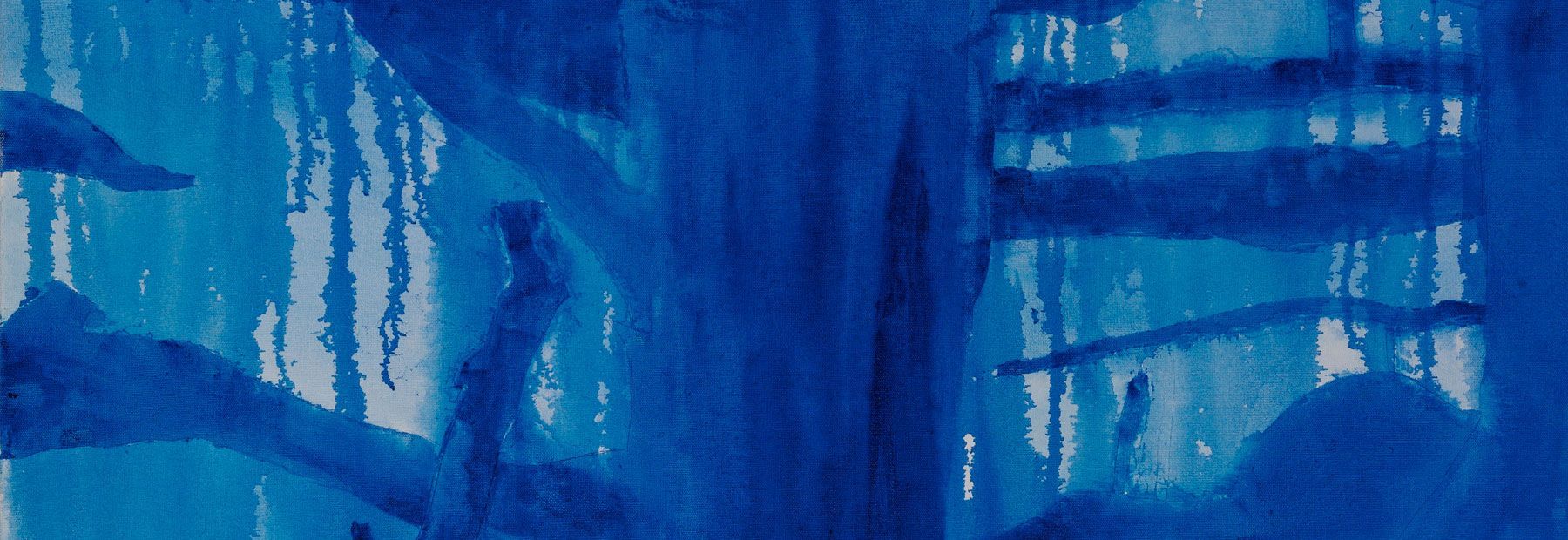
Slide title
Write your caption hereButton
Gravity and grace in New York City
An interview with Makoto Fujimura
Art is business, acknowledges New York painter and International Arts Movement founder Makoto Fujimura. He shares his vision for the art world with Micah Hayes of the Veritasse magazine, and explains why he doesn’t believe in ‘art for art’s sake’.
After interviewing Makoto Fujimura at the Sara Tecchia Roma Gallery in the Chelsea District of New York City, I returned later in the evening to attend a different artist’s opening. I constantly found myself drawn to the back room, where Fujimura’s painting Water Flame hung, unabashed in its stillness and hope. I just sat and watched while the painting, with its lines gracefully floating toward the ceiling, would slowly, almost painfully, reveal itself to me. Fujimura’s works convey that in some way, in spite of the complicated tragedy of life, the Good and the Beautiful do exist.
Born in Boston to Japanese-American parents, Makoto Fujimura was raised bi-culturally and attended both American and Japanese colleges. He currently lives and works in downtown New York City, where he and his family experienced first-hand the terror attacks of September 11, 2001. Many of his works struggle through the meaning of living in a world that has been drastically altered by the ever-present possibility of terror attacks and nuclear holocaust.
Since it will be the centrepiece of your next exhibition, can we talk about your new painting Golden Fire?
‘It’s a painting that took me five years, because I had been thinking about trying to paint a painting in which gold would actually rise. It’s always used either for static background like the Japanese screen paintings, or it tends to come down because gold is so weighty and figuratively heavy. So what I wanted to do is use this idea of flames and try to overlap with this idea of sanctification, which gold is a great symbol for.’
Because of the refinement process?
‘Refinement, but also permanence. I used the best available materials to depict the most serious themes. I couldn’t see myself using plastic to depict something that is so intensely serious, because for me it is directly linked to Hiroshima, Nagasaki and 9/11, and the condition of our reality and fears that we live under. How do you paint looking directly at that, and yet with a hope of some kind? And that is something that I think art can do, because when you create something you are being hopeful.’
You have a painting called Gravity and Grace. Is that from Simone Weil’s essay?
‘She is amazing. I go back to her writing often just as a kind of reference because I think she understood this mystery—mystery of God and mystery of the ideal of being. Her words are really weighty and substantial and you have to kind of chew on them—paradoxical, but after a while it really sinks in and I really appreciate that. I think that is what I really long for my art to do, to have that gravity and grace.’
In an industry that claims to strive after beauty and truth, but actually functions on market principles, where does that leave you?
‘Art is business. It’s the stuff that art schools don’t teach you. If you want to make a living at it you have to market yourself and be an entrepreneur. And you are representing your work in a lot of different ways. I think I struggle with the commercial aspect, with just how the art market is driven by greed, and the whole system. The art market is the most unregulated, laissez-faire market in the world. A lot of it is just unhealthy.
‘It doesn’t promote creativity. It doesn’t allow artists to have a long-term vision. No patron today is going to come to you and say “I want your work to speak five hundred years later.” It’s always about the moment—the flashiness of it. How far can you shock? How far can you shake up the establishment? It’s just a game. There is little creativity in that premise. You have to have people who support the arts, not as a commercial enterprise or game, or for prestige or power; you have to have people who are saying, “This is good. This is good for the world.” You don’t find too many people like that today. Part of my work has become & trying to cultivate patronage that is not just short-term, but long-term.’
How do you cultivate long-term patronage?
‘Well, I don’t know, you pray. If I am doing this, then there has to be somebody out there who would understand the vision. I think before, I was selling my work and trying to make a living, and that’s fine. But now I am more a social entrepreneur. I want to tackle the system and say, “We have this situation where artists cannot be artists. They are creating things they do not want to create.” So why is it that artists can’t truly be artists? I guess I don’t have any concept of “art for art’s sake”. I see it as a service to people.’
As someone who has made his way through the frustrating world of art galleries, what advice would you give to young artists?
‘Be true to themselves, you know, don’t sell yourself short. There are compromises that we make, so you have to be realistic about it, but ultimately I always tell art students that if you do not love what you are doing, and love the materials you are using, love the smell of paint, don’t do it; do something else, because ultimately it is that love that keeps you going.’
Interviewed and written by Micah Hayes
